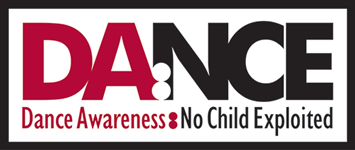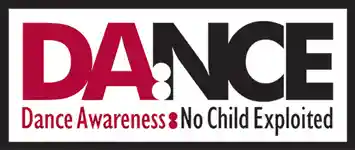 Growing up, I learned to split the light and dark sides of people. My conscious self lived with the light, while my unconscious self lived with the dark. Because no one in my conscious life spoke of this darkness within most people, I too learned to never speak of it and ultimately, to forget it entirely. I was in medical school when I first met individuals who shared openly about these darker elements of self and society, which is when I began to remember this deeper reality. And, I began to heal my severed soul.
Growing up, I learned to split the light and dark sides of people. My conscious self lived with the light, while my unconscious self lived with the dark. Because no one in my conscious life spoke of this darkness within most people, I too learned to never speak of it and ultimately, to forget it entirely. I was in medical school when I first met individuals who shared openly about these darker elements of self and society, which is when I began to remember this deeper reality. And, I began to heal my severed soul.
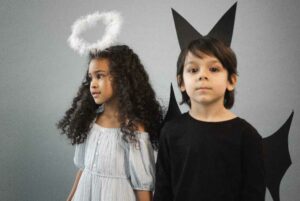 In contrast, when we don’t share our experiences through words, we convey our true life stories through body language. For example, we act out our unresolved traumatic scenes. The aspects of self that have endured the trauma re-create what they have known, not just physically, but mentally, emotionally, and relationally. We might struggle with disturbing thoughts. We once again feel the intensity of our buried emotions, or we force others into these feelings. We treat people in a manner similar to how our past perpetrators treated us.
In contrast, when we don’t share our experiences through words, we convey our true life stories through body language. For example, we act out our unresolved traumatic scenes. The aspects of self that have endured the trauma re-create what they have known, not just physically, but mentally, emotionally, and relationally. We might struggle with disturbing thoughts. We once again feel the intensity of our buried emotions, or we force others into these feelings. We treat people in a manner similar to how our past perpetrators treated us.
The aspects of self that have avoided the trauma continue their avoidance, again, physically, mentally, emotionally, and relationally. We steer clear of whatever reminds us of these traumas. We keep ourselves busy and distracted, lest painful memories surface in our minds. We deny the feelings that we felt at the time and still harbor inside—“Hidden anger in me? No, I’ve never been an angry person.” And, we may shun deep personal sharing in our relationships or shun relationships entirely.
The automatic re-creation and avoidance of trauma are the two symptom categories of post-traumatic stress (PTS). I delete the word “disorder” from the well-known PTSD because I see traumatized people as injured, not disordered. My simplified delineations of PTS symptoms are also different from official textbooks (please see the Diagnostic and Statistical Manual of Psychiatry-5-TR). I like simplicity!
Let’s look at how these two symptom categories of PTS might manifest in those involved with children’s dance. Traumatized people in this field may re-create their traumas with children:
Physically: Someone with unresolved sexual trauma might guide children into provocative clothes and sexual movements as an indirect way of sharing her own story of being sexualized as a child.
Mentally: A traumatized dance instructor may share her trauma-learned mindset with children and their parents. She might say, “Hyper-sexualized dance is fun for kids and perfectly normal—just go to TikTok if you have any doubts!”
Emotionally: An abuse survivor may manipulate children to feel the feelings that are typically unconscious within him. For example, he may be verbally abusive and bully children into dancing to sexual songs, so they feel his unexpressed fear, anger, or sadness. He may manipulate kids into compromising their own or their families’ values, so they feel guilt and shame, feelings that are submerged within him.
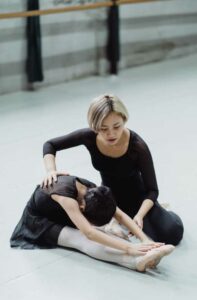 Relationally: A victim of childhood grooming will tend to groom others in a similar manner. He may slowly groom young dancers and their parents to become accustomed to sexualized dance routines. Using gradual steps toward making this sexual focus seem OK, he may then move on to actual sexual activities with these children.
Relationally: A victim of childhood grooming will tend to groom others in a similar manner. He may slowly groom young dancers and their parents to become accustomed to sexualized dance routines. Using gradual steps toward making this sexual focus seem OK, he may then move on to actual sexual activities with these children.
Also, when “adults” seek to rush a child’s development, demanding sexual movements before he or she has passed through puberty, they themselves are showing developmental delay, psychologically speaking. They are pushing each child’s development because they need to accelerate their own hearts’ and minds’ maturation. They hurt children because wounded children still exist within them that require their attention and care.
The other symptom category of post-traumatic stress is the avoidance of anything that reminds these traumatized souls of their unresolved traumatic experiences. These avoidance symptoms also fit within four sub-categories:
 Physical: Watching children dance with abandon—free of care—can be painful for a traumatized person. When her own movements in childhood led to predators seeking her out and violating her, unregimented movements may threaten her. She seeks to control them.
Physical: Watching children dance with abandon—free of care—can be painful for a traumatized person. When her own movements in childhood led to predators seeking her out and violating her, unregimented movements may threaten her. She seeks to control them.
Mental: A traumatized adult may watch hyper-sexualized dance in children and not see anything wrong with it, or he may not see it at all! The recognition of children being exploited may be too painful to register when it reminds him of his own exploitation.
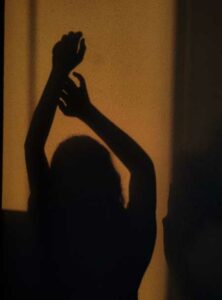 Emotional: A sexual abuse survivor may feel numb to the traumatic injuries to kids caused by their participation in hyper-sexualized dance. This survivor is equally insensitive to the emotional pain expressed by the choreographers of these dances and the dance instructors who participate. Unable to validate dancers’ emotions and join them in their feelings, traumatized people can dampen the emotional expressions that inspire the most stunning and spirited performances.
Emotional: A sexual abuse survivor may feel numb to the traumatic injuries to kids caused by their participation in hyper-sexualized dance. This survivor is equally insensitive to the emotional pain expressed by the choreographers of these dances and the dance instructors who participate. Unable to validate dancers’ emotions and join them in their feelings, traumatized people can dampen the emotional expressions that inspire the most stunning and spirited performances.
Relational: Someone with unresolved trauma may avoid confrontation, not wanting to upset anyone by speaking out against hyper-sexualized dance for kids. She may merely take her children to another studio or hope there will be no lasting effect to the occasional sexualized dance. After all, most people seem OK with it. And yes, most people have some unresolved trauma that they are re-creating, avoiding, or both.
In summary, when we encounter the darkness of our world too early in life, we are often traumatized by it. We may tuck our experiences away in the unconscious mind and forget about them. We then avoid whatever reminds us of these traumatic times—physically, emotionally, mentally, and/or relationally. Meanwhile, the most traumatized aspects of us are likely to share the truth of their lives by re-creating their traumas—physically, emotionally, mentally, and/or relationally. Asking children to dance in a sexual manner is typically an acting out of unresolved childhood sexual abuse.
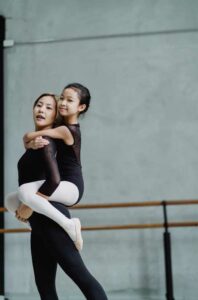 We would do well to screen adults who participate in, promote, or profit from hyper-sexualized dance in children for the full range of post-traumatic stress symptoms, both those that avoid and re-create their unhealed trauma. These traumatized adults might then be led into embracing that still-wounded child within them. With professional help, they can finally resolve the obvious hurt that remains within them which they have been acting out with children.
We would do well to screen adults who participate in, promote, or profit from hyper-sexualized dance in children for the full range of post-traumatic stress symptoms, both those that avoid and re-create their unhealed trauma. These traumatized adults might then be led into embracing that still-wounded child within them. With professional help, they can finally resolve the obvious hurt that remains within them which they have been acting out with children.
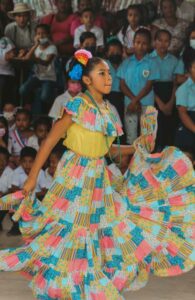 When these traumatized souls give their wounded inner children what they need to recover, they no longer feel compelled to bring a child where some part of them is stuck. They can be with children based on each child’s needs and not their own “need” to tell their yet-to-be-heard-and-healed true life story. Each dance instructor can then wholly support child dancers in movements that are natural to them. With such heartfelt support, the full rainbow of spectacular human qualities can emerge within each child. And, these kids can creatively and uniquely express all that they are through dance.
When these traumatized souls give their wounded inner children what they need to recover, they no longer feel compelled to bring a child where some part of them is stuck. They can be with children based on each child’s needs and not their own “need” to tell their yet-to-be-heard-and-healed true life story. Each dance instructor can then wholly support child dancers in movements that are natural to them. With such heartfelt support, the full rainbow of spectacular human qualities can emerge within each child. And, these kids can creatively and uniquely express all that they are through dance.
Always remember that life is a dance. We must know when to lead, when to follow the lead of another, when to step away, and when to walk away and follow our own unique path.

Copyright © 2023 by Anne Redelfs, MD
AnneRedelfs.com / gardenerofthesoul@icloud.com
